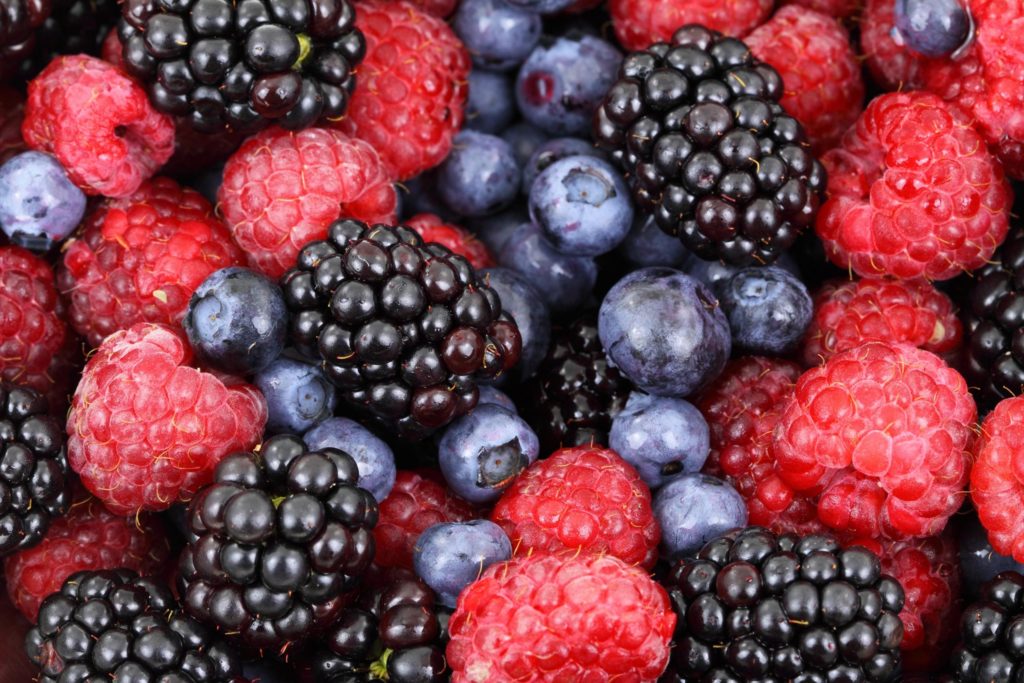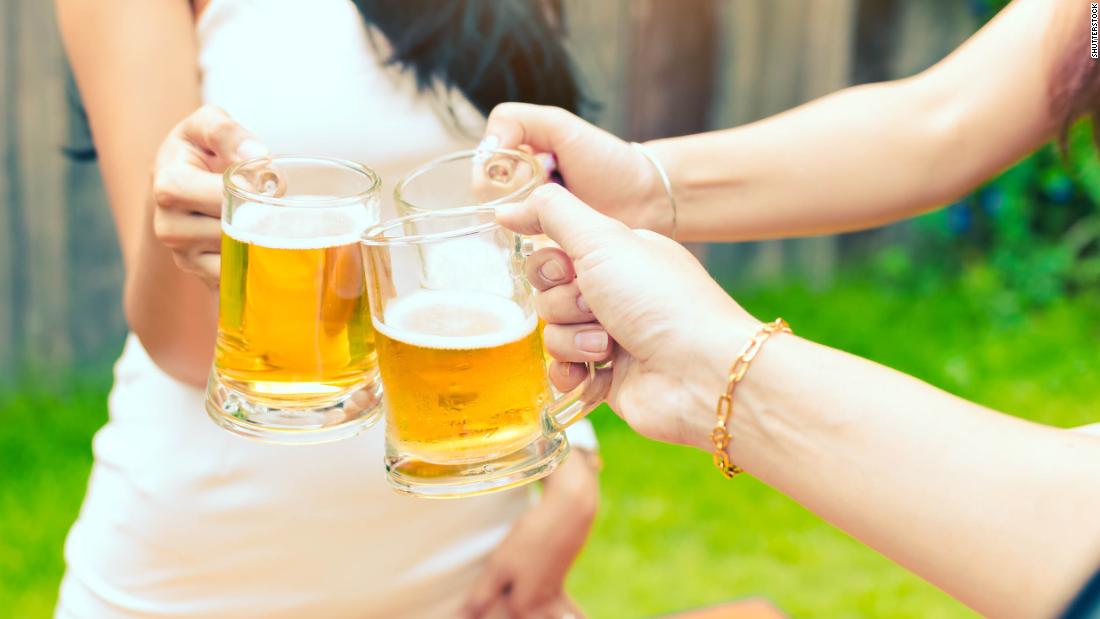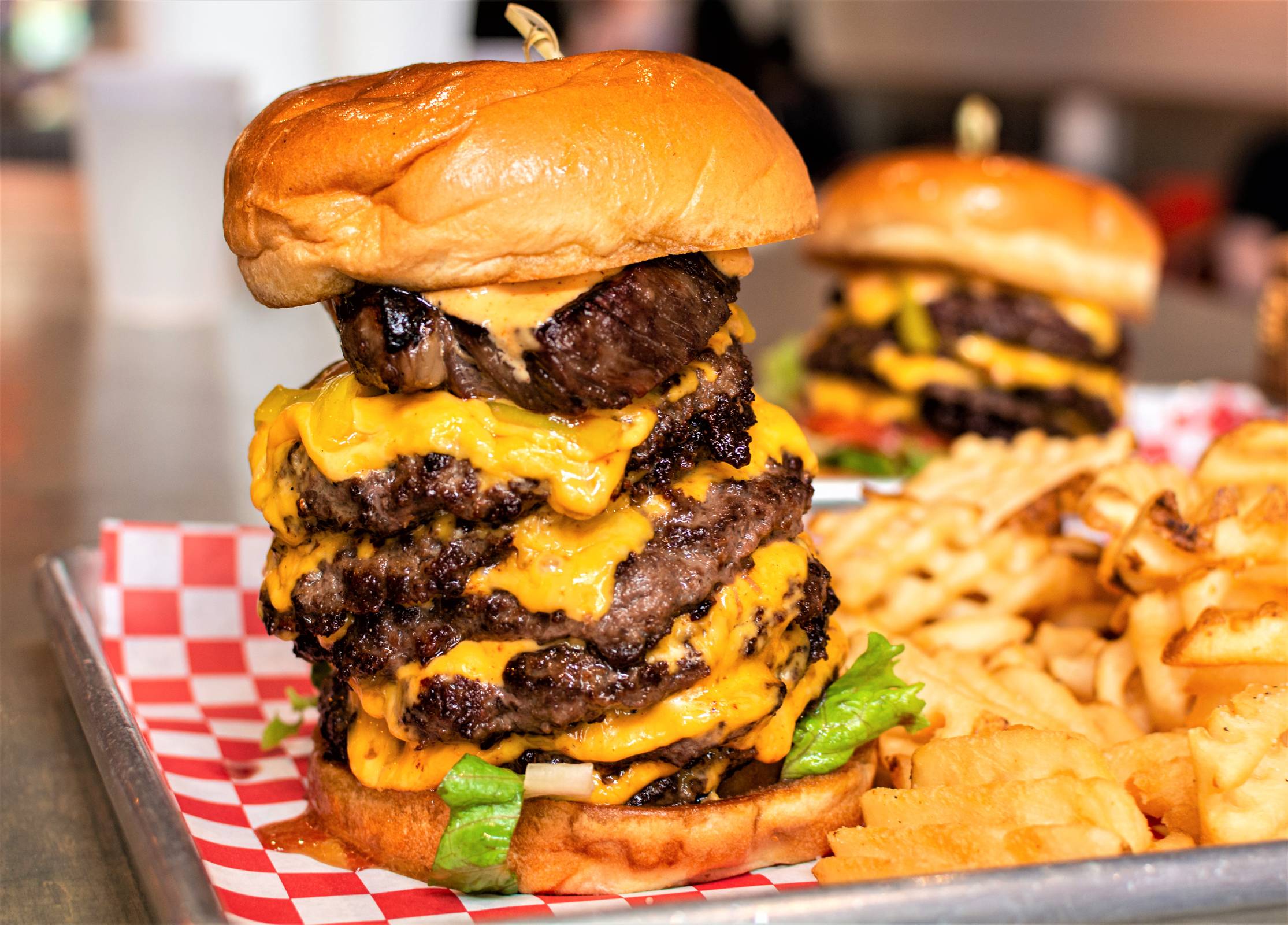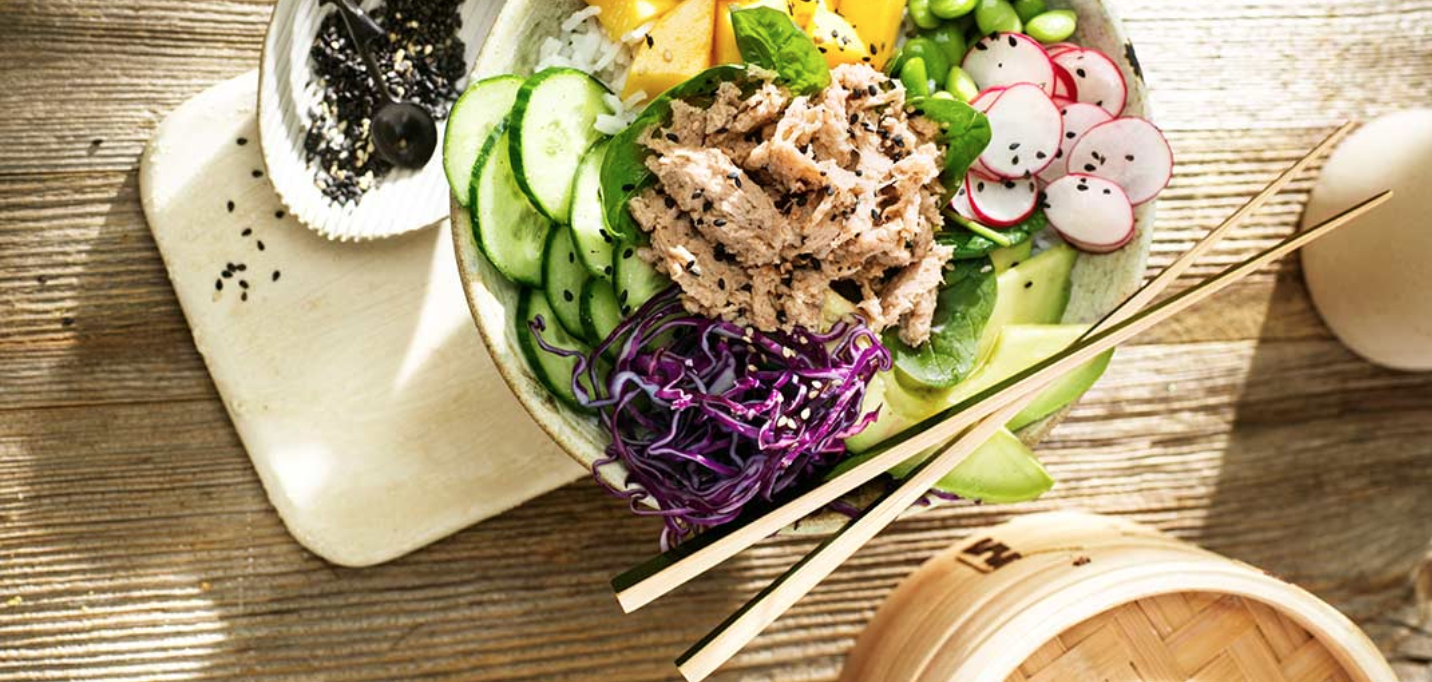
A new study in the UK has found that people with higher levels of flavan-3-ol in their diet tend to have lower blood pressure. Flavan-3-ol is a natural compound found in foods and drinks like apples, berries, tea, red wine and cocoa.It was already known that flavan-3-ols are associated with better cardiovascular health, but previous studies have relied on participants’ food diaries and general food composition data to estimate the amount of flavan-3-ols consumed.
Participants often misreport what they eat, and food composition data only gives an average amount of flavan-3-ols, resulting in high levels of inaccuracy. The amount of flavan-3-ols in food can vary significantly, with the amount in a cup of black tea ranging from about 5 milligrams to almost 100 milligrams, for example.
The new study, published in Scientific Reports used data collected from over 25,000 people in Norfolk between 1993 and 2016. In addition to food diaries, the researchers measured biomarkers in the participants’ urine that showed the amount of flavan-3-ols they had consumed.
The researchers found that flavan-3-ol was associated with lower blood pressure even after accounting for other factors like weight and smoking. However, they did not find that people who had more flavan-3-ols in their diet were significantly less likely to have cardiovascular disease or die.
The study’s lead author, professor Gunter Kuhnle from the University of Reading, told The Guardian that it is important to consider the way flavan-3-ols are consumed, and that foods high in sugar and fat would cancel out any benefits.
“Sometimes I see people saying you should consume chocolate to get healthy flavan-3-ols, but to get to the amount you need to find an effect, you would have to eat so much … you just couldn’t,” he said.
The researchers also found almost no relationship between people’s food diaries and their actual measured levels of flavan-3-ol.
お茶、ベリー、リンゴは血圧を下げる可能性があります
英国での新しい研究によると、食事にフラバン-3-オールのレベルが高い人は血圧が低くなる傾向があります。フラバン-3-オールは、リンゴ、ベリー、お茶、赤ワイン、ココアなどの食品や飲料に含まれる天然化合物です。
フラバン-3-オールがより良い心血管の健康に関連していることはすでに知られていましたが、以前の研究は、フラバン-3-オールの消費量を推定するために参加者の食物日記と一般的な食物組成データに依存していました。
参加者は自分が何を食べているかを誤って報告することが多く、食品組成データは平均量のフラバン-3-オールしか示さないため、高レベルの不正確さが生じます。食品中のフラバン-3-オールの量は大幅に変動する可能性があり、たとえば、紅茶1杯の量は約5ミリグラムからほぼ100ミリグラムの範囲です。
Scientific Reportsに掲載された新しい研究では、1993年から2016年の間にノーフォークの25,000人以上から収集されたデータを使用しました。研究者は、食事日記に加えて、参加者の尿中のバイオマーカーを測定し、フラバン-3-オールの消費量を示しました。 。
研究者らは、体重や喫煙などの他の要因を考慮した後でも、フラバン-3-オールが血圧の低下に関連していることを発見しました。しかし、彼らは、食事にフラバン-3-オールが多く含まれている人が心血管疾患を患ったり死亡したりする可能性が大幅に低いことを発見しませんでした。
この研究の筆頭著者であるレディング大学のガンター・クーヌル教授は、フラバン-3-オールの消費方法を考慮することが重要であり、糖分と脂肪が多い食品は利益を相殺するだろうとガーディアンに語った。
「健康的なフラバン-3-オールを得るためにチョコレートを摂取するべきだと言う人を時々見かけますが、効果を見つけるために必要な量に達するには、たくさん食べる必要があります。
研究者たちはまた、人々の食事日記と実際に測定されたフラバン-3-オールのレベルとの間にほとんど関係がないことを発見しました。





